|
Draba verna is one of the earliest blooming plants, often opening as early as February and blooming through May. It is found in waste areas - the edge of fields, along paths, areas that are often disturbed. The basal rosette is no more than 1 to 2 inches across - this example was no bigger than a 50 cent piece. Originally native to Eurasia, it has made its way across the US (except for a belt across the center of the Country). The flowers are self fertile - which is good as not many pollinators are awake in February - each flower producing very large seeds that drop and can create small colonies. Although the name suggests that it is a form of grass, it is not, it is a member of the Brassicaceae (mustard) family. Once spring passes and summer comes around, the Draba verna withers away.
One site I was reading summed up this plant beautifully, "...Instead, maybe its best to leave it in place and enjoy it for what it is: a tiny, brave reminder that spring is on its way and an encouragement to get down low once in a while to admire the little things." - Awkward Botony Partridgeberry is a trailing, evergreen herb native to the eastern states growing in shady forests, and enjoying moist soils. Trumpet-shaped blooms appear anytime between May and October, always blooming in pairs. Scarlet berries then form which are enjoyed by a variety of animals: Ruffed Grouse, Bobwhite Quail, turkey, skunks, and white-footed mice.
This trailing plant doesn't often grow taller than 2in high so when hiking, look down this time of year, you will likely see the evergreen leaves poking out of the light snow! What are lichen?
They are symbiotic organisms that are composed of a fungus and a photosynthesizing partner - could be a green algae (85% of lichen), or a cyanobacterium (formerly known as blue-green algae)(10% of lichen), or a combination of both (5% of lichens). Fungi + Algae = Lichen Fungi + Cyanobacterium = Lichen Fungi + Algae + Cyanobacterium = Lichen The symbiotic relationship between fungi and algae and/or cyanobacterium is unique in the way that it's not just beneficial to both partners but both lose their own identity and a new different, dual organism is formed! There are three different growth forms of lichen Crustose - Crust-like, tightly attached to that which it's growing on. Has upper surface but no lower surface. Foliose - Flat and leaf-like. Can be loosely or tightly attached to surface. Has upper and lower surface. (Images above and below are of this form). Fruticose - Upright and shrubby, but sometimes hang down. Most of these lichen do not have a distinct upper and lower surface, but have an outer surface. Where do lichen grow? Lichen can be found on every continent - including areas in the Arctic and Antarctic and can be found on mountain tops. Lichen are the dominant organism on around 8% of the entire world's land surface... That's HUGE!!! Lichen and their role in nature. In Arctic regions they are used as a winter food for grazing animals. In more temperate regions they are used by birds as nesting materials, insects and small invertebrate will use it as shelter. Lichen can also aid in the breakdown of rock into soil. The lichen with the Cyanobacteria can even fix nitrogen and add fertilizer to the ecosystem. Lichen as air quality indicators. There are some lichen that are very sensitive to air pollution (sulfur dioxide). These lichen have been widely used as indicators of air quality to study air pollution patterns around cities and industrial areas. Thankfully, in many developed countries, air quality has improved to the extent that lichen are no longer affected and are returning to areas that had been so polluted the lichen could not grow. |
AboutSince 2015 we have been exploring and sharing all the amazing things we’ve found in nature. AuthorEmily is an Ohio Certified Volunteer Naturalist who is most often found out in the woods. Archives
March 2024
Categories
All
|
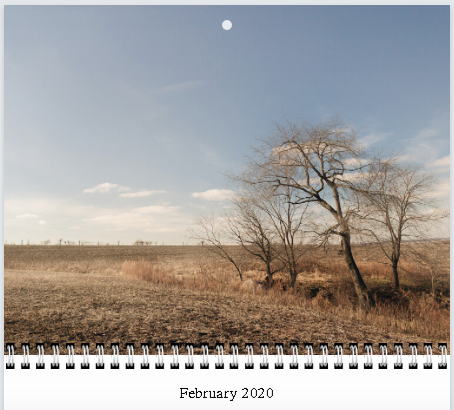
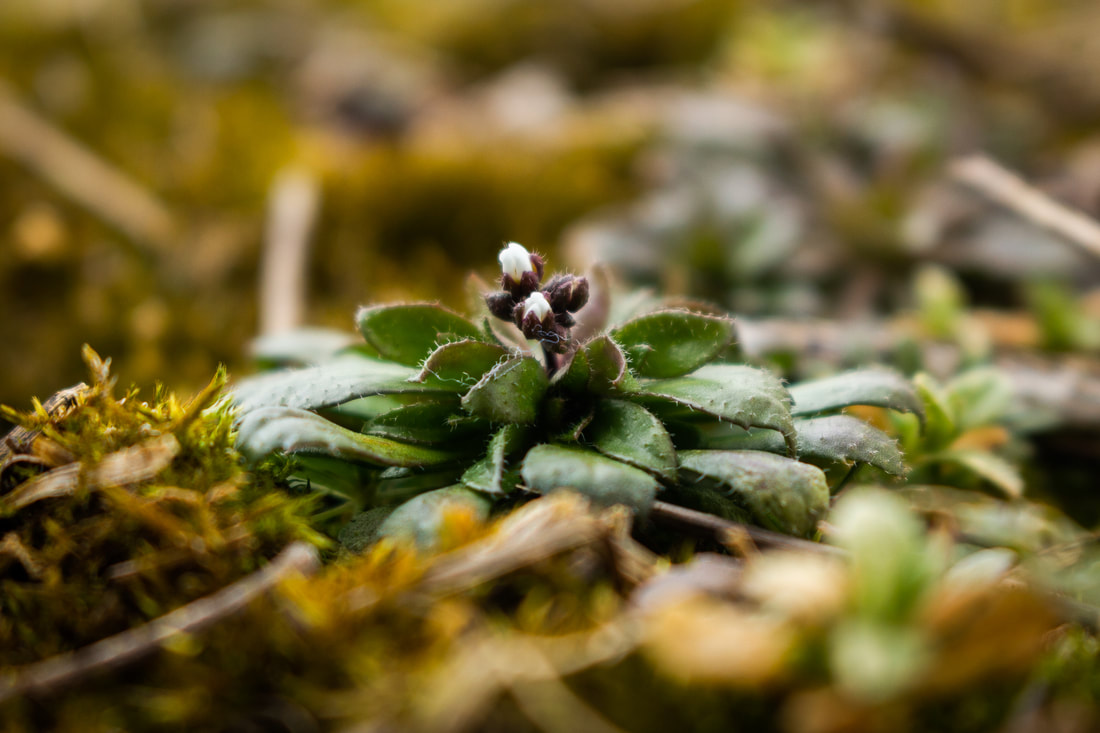
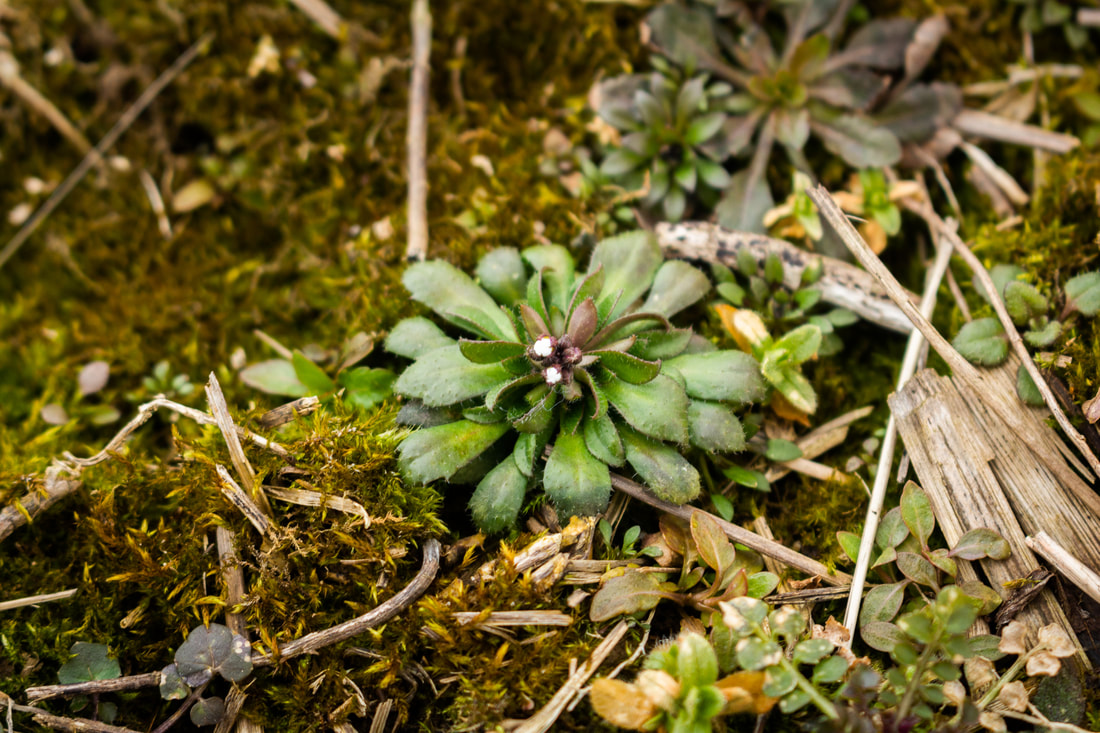
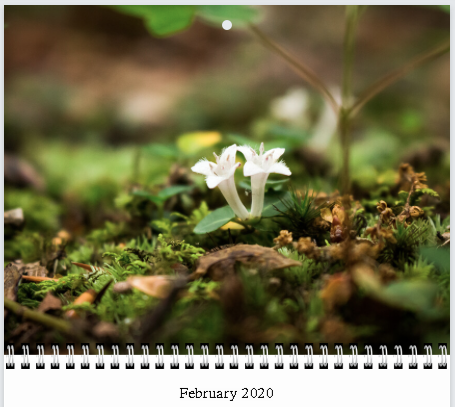
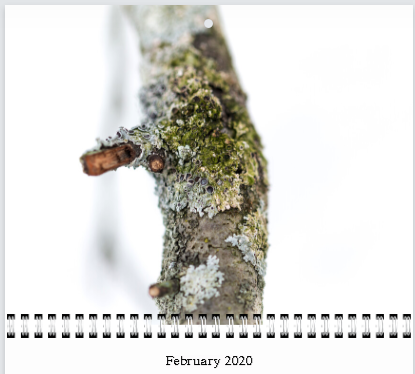
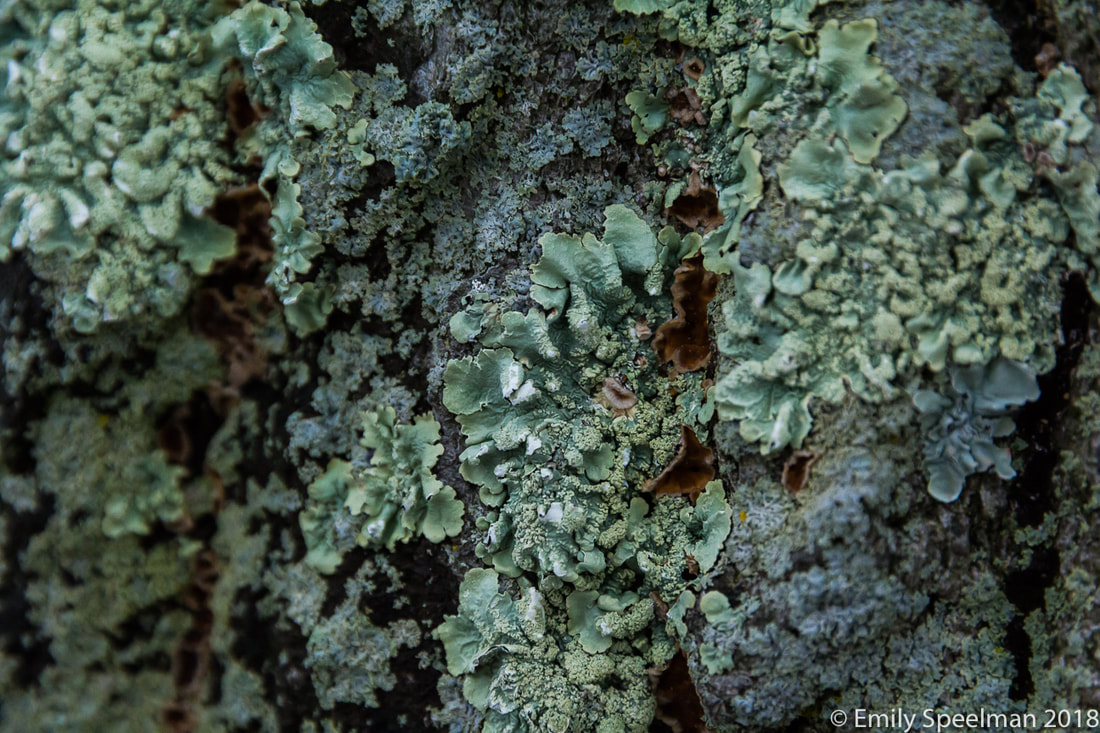
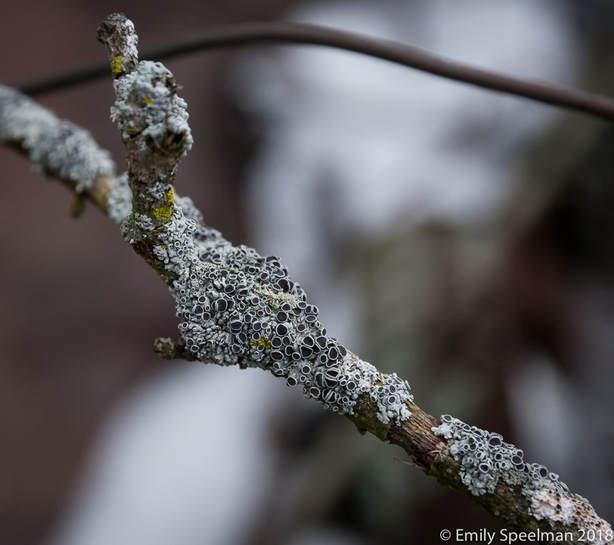
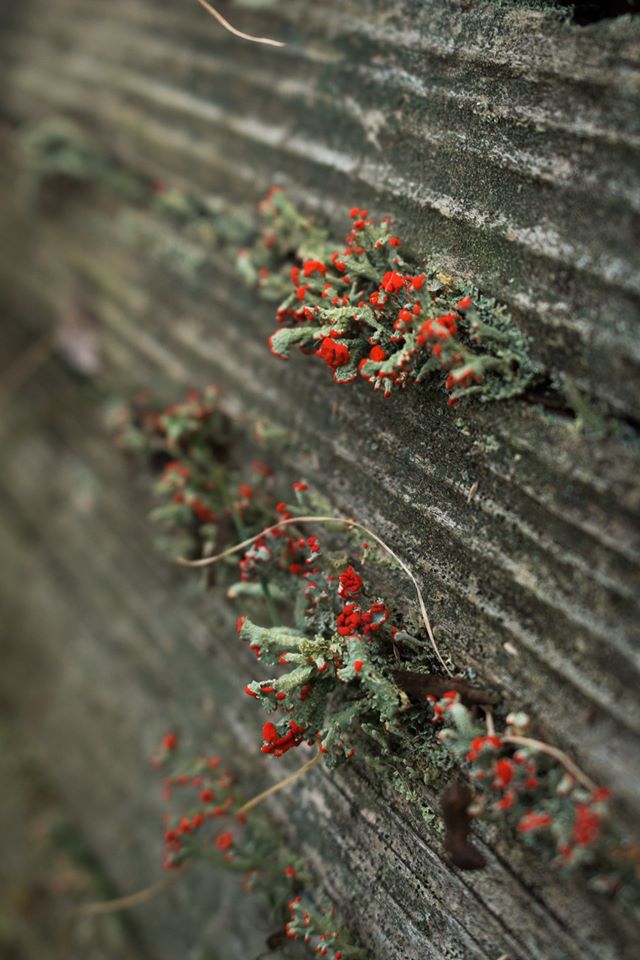
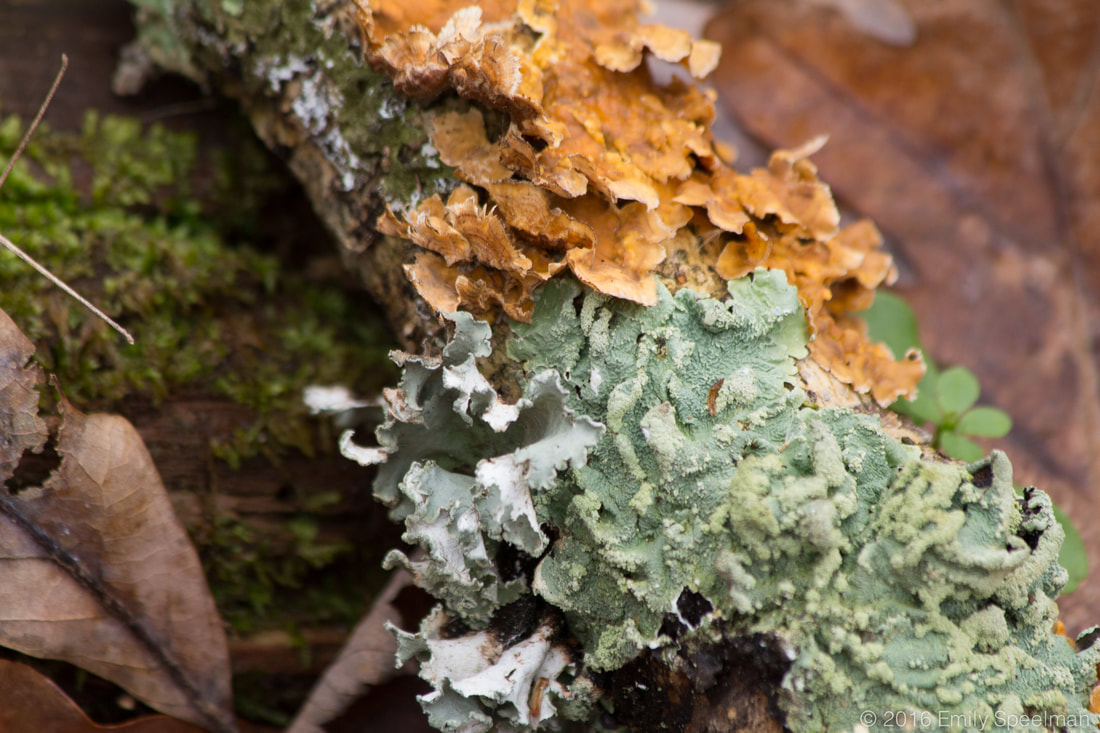
 RSS Feed
RSS Feed